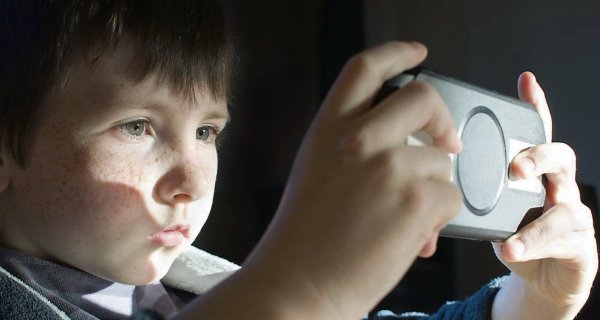Headteachers from 16 schools in Cheshire have warned parents by letter that they would be reported to the authorities if they allowed their children to play videogames marked as suitable for adults with an 18 age rating.
The letter argued that not only did videogames subject children to violent scenes, but that they also increased sexualised behaviour and led children to be more vulnerable to sexual grooming. The letter stated that in the case of children allowed to play such games “we are advised to contact the police and children’s social care” as parents’ actions would be “deemed neglectful”.
The letter’s author, Mary Hennessy Jones of the Nantwich Education Partnership, told The Sunday Times:
We are trying to help parents to keep their children as safe as possible in this digital era. It is so easy for children to end up in the wrong place and parents find it helpful to have some very clear guidelines.
The innocent days of Frogger and PacMan are largely gone, and popular videogames today often boast photo-realistic graphics depicting violence and other adult themes, which is why games such as Grand Theft Auto and Call of Duty are age rated in the same way as films.
I’m sure the letter was written with the best of intentions but as a parent of three “screenagers” and someone who has spent almost 30 years researching the effects of videogames on human behaviour, this is a heavy-handed way to deal with the issue.
Although it is illegal for any retailer to sell 18-rated games to minors, it’s not illegal for children to play them, nor is it illegal for parents to allow their children to do so. It’s true that many parents may benefit from an education in the positives and negatives of videogames, but threatening them with the “authorities” is not helpful.
Don’t blame the game
I’ve been researching the effects of videogames on children since the early 1990s and played a role in the introduction of age ratings to videogames, writing educational leaflets for parents that outlined the effects of excessive gaming. There’s no doubt that there are many positive benefits to videogaming too.
Children often play age-inappropriate videogames. My 13-year-old son moans that he is the only boy in his class that doesn’t own or play Call of Duty. This anecdotal evidence is borne out by research: in one study we found that almost two-thirds (63%) of children aged 11-13 had played an 18+ video game. Of the two-thirds who had played them, 8% reported playing them “all the time”, 22% reported playing them “most of the time”, 50% reported playing them “sometimes”, 18% reported playing them “hardly ever”. Unsurprisingly, boys were more likely than girls (76% vs 49%) to have played an 18+ video game – and more likely to play them more frequently.
How had they got access to the games in the first place? The majority had the games bought for them by family or friends (58%), played them at a friend’s house (35%), swapped them with friends (27%), or bought games themselves (5%). So this certainly suggests that parents and siblings are complicit in allowing children access to them.
Does it do what it says on the tin?
With the development of age rating and descriptors of the games content to be carried on the packaging, there is a growing amount of research studying the content of these games aimed at adults. For instance, one study led by Kimberley Thompson examined whether the description on the box of violence, blood, sexual themes, profanity, drugs and gambling in 18+ videogames matched the game’s content. The study found that although warnings for violence and gore were relatively well handled, 81% of games studied lacked descriptions of other adult themes in the game content. The same researchers have found adult content in lots of games aimed at young children and teenagers.
Another study led by David Walsh tested the validity and accuracy of media age ratings, including those for videogames. The findings suggested that when the entertainment industry rated a product as inappropriate for children, parents agreed. But parents disagreed with many industry ratings that designated material suitable for children, with those rated as appropriate for adolescents by the industry of greatest concern to parents.
In truth, there’s no difference between the issue of children and adolescents playing 18-rated games and that of children and teenagers watching 18-rated films. It does seem, however, that parents are more likely to act on ratings for films than for videogames. So while parents could be better informed and more responsible in how they monitor their children’s activities, threatening letters from schools are unlikely to have the intended effect on parents’ attitudes.
![]()
This article was originally published on The Conversation.
Read the original article.



